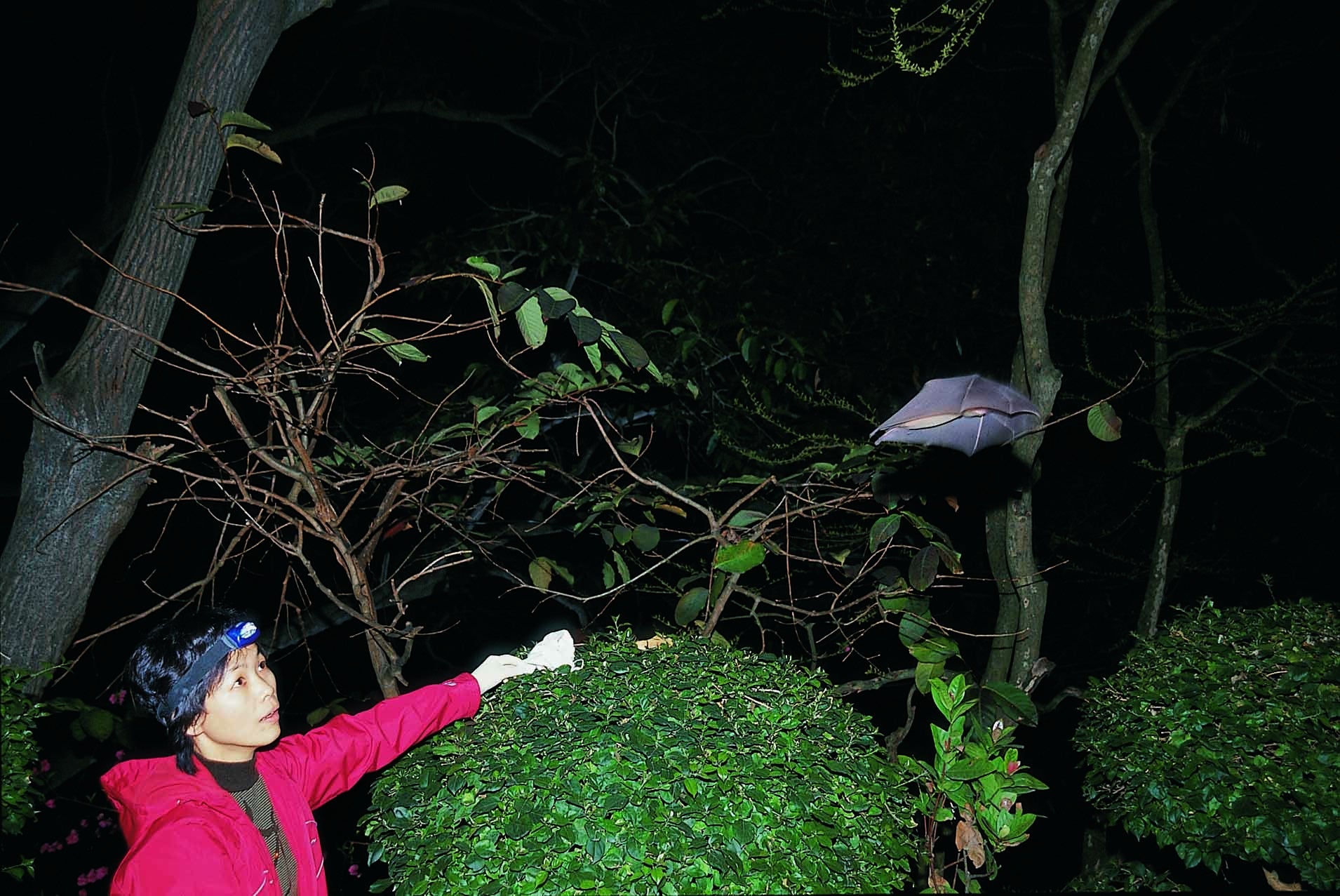General Discussion
Related: Editorials & Other Articles, Issue Forums, Alliance Forums, Region ForumsHow China's 'Bat Woman' Hunted Down Viruses from SARS to the New Coronavirus
The mysterious patient samples arrived at the Wuhan Institute of Virology at 7 P.M. on December 30, 2019. Moments later Shi Zhengli’s cell phone rang. It was her boss, the institute’s director. The Wuhan Center for Disease Control and Prevention had detected a novel coronavirus in two hospital patients with atypical pneumonia, and it wanted Shi’s renowned laboratory to investigate. If the finding was confirmed, the new pathogen could pose a serious public health threat—because it belonged to the same family of viruses as the one that caused severe acute respiratory syndrome (SARS), a disease that plagued 8,100 people and killed nearly 800 of them between 2002 and 2003. “Drop whatever you are doing and deal with it now,” she recalls the director saying.
Shi, a virologist who is often called China’s “bat woman” by her colleagues because of her virus-hunting expeditions in bat caves over the past 16 years, walked out of the conference she was attending in Shanghai and hopped on the next train back to Wuhan. “I wondered if [the municipal health authority] got it wrong,” she says. “I had never expected this kind of thing to happen in Wuhan, in central China.” Her studies had shown that the southern, subtropical provinces of Guangdong, Guangxi and Yunnan have the greatest risk of coronaviruses jumping to humans from animals—particularly bats, a known reservoir. If coronaviruses were the culprit, she remembers thinking, “Could they have come from our lab?”
While Shi’s team at the Wuhan institute, an affiliate of the Chinese Academy of Sciences, raced to uncover the identity of the contagion—over the following week they connected the illness to the novel coronavirus that become known as SARS-CoV-2—the disease spread like wildfire. By April 20 more than 84,000 people in China had been infected. About 80 percent of them lived in the province of Hubei, of which Wuhan is the capital, and more than 4,600 had died. Outside of China, about 2.4 million people across 210 or so countries and territories had caught the virus, and more than 169,000 had perished from the disease it caused, COVID-19.
Scientists have long warned that the rate of emergence of new infectious diseases is accelerating—especially in developing countries where high densities of people and animals increasingly mingle and move about. “It’s incredibly important to pinpoint the source of infection and the chain of cross-species transmission,” says disease ecologist Peter Daszak, president of EcoHealth Alliance, a New York City–based nonprofit research organization that collaborates with researchers, such as Shi, in 30 countries in Asia, Africa and the Middle East to discover new viruses in wildlife. An equally important task, he adds, is to hunt down other pathogens to “prevent similar incidents from happening again.”

OUTSIDE A BAT CAVE in China's Guangxi province in 2004, Shi Zhengli releases a fruit bat after taking a blood sample. Credit: Shuyi Zhang
Snip
https://www.scientificamerican.com/article/how-chinas-bat-woman-hunted-down-viruses-from-sars-to-the-new-coronavirus1/